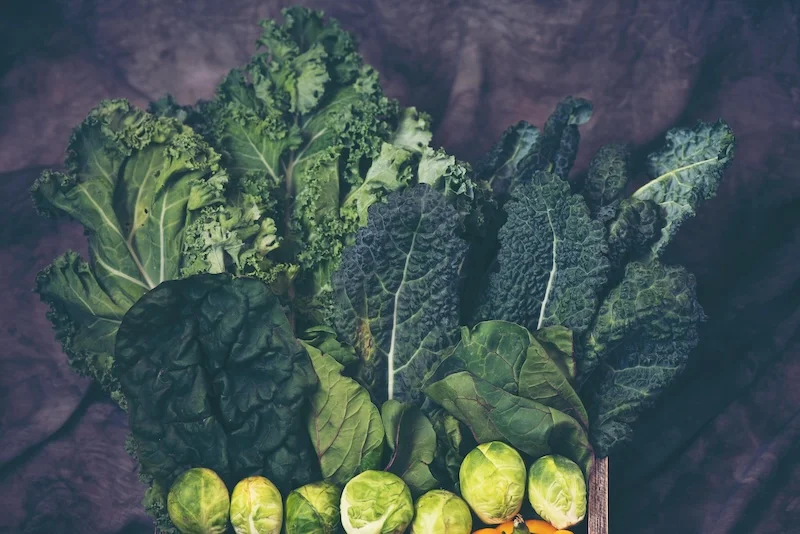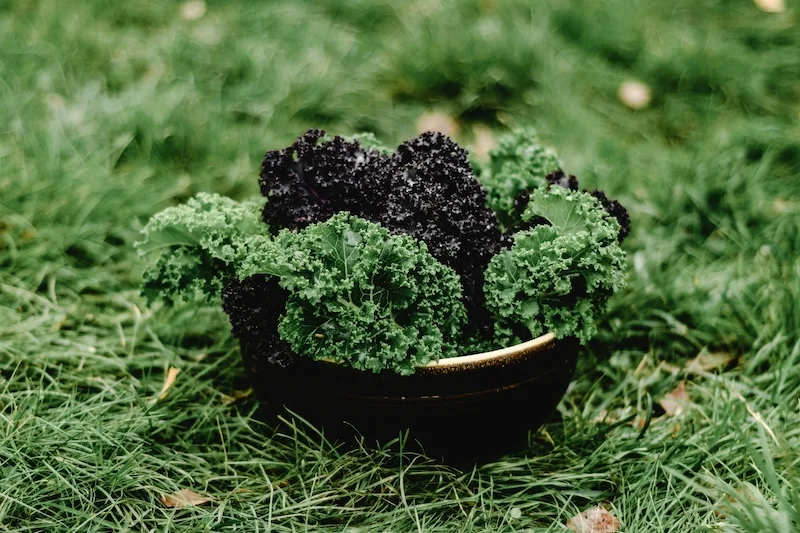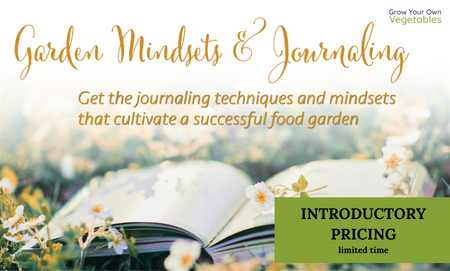Properly Harvesting and Storing Kale: Tips for Success
Kale is a superstar in the garden, packed with nutrients and flavor. However, the key to keeping your kale plants healthy and productive lies in how you harvest and store them. Proper harvesting ensures you get the most out of your plants, while effective storage allows you to enjoy your kale even after the growing season. Let’s dive into how to harvest your kale properly and store it for long-lasting freshness.

The #1 Mistake: Not Harvesting Deeply Enough
One of the biggest mistakes people make when growing kale is not harvesting deeply enough. Many gardeners only trim the outer leaves, which can stunt the growth of the plant. To keep your kale healthy and producing more leaves, it’s important to harvest the older, outer leaves all the way down to the base of the plant. This encourages new growth from the center, allowing the plant to continue thriving throughout the season.
When you only trim the outer leaves, the plant can become leggy, and new growth slows down. By cutting deeper, you open up space for fresh leaves to emerge from the center, ensuring you have a continuous harvest.
How to Harvest Kale: Leave Enough for Growth
When harvesting kale, it’s important to be selective about how much you cut. Aim to leave about 3-7 leaves on the plant after harvesting to ensure it continues to grow strong and healthy. Remove the larger, mature leaves from the outside of the plant and leave the younger leaves in the center. This technique not only ensures continued growth but also maintains the plant’s ability to produce fresh, tender leaves.
Always use sharp, clean scissors or pruning shears to cut the leaves, making sure to avoid damaging the stem or the newer growth. Harvesting should be done weekly to keep the plant productive and prevent it from becoming overgrown.
Storing Kale for Freshness
Once you’ve harvested your kale, proper storage is key to keeping it fresh for as long as possible. Start by removing any damaged or yellow leaves before storing. You can store kale in the fridge by wrapping it in a damp paper towel and placing it inside a plastic bag or container. This helps keep it crisp for up to 5-7 days.
If you want to store kale for longer periods, consider freezing it. To do this, blanch the kale leaves for a few minutes in boiling water, then transfer them to an ice bath to cool down quickly. Once the leaves are cooled, dry them thoroughly and store them in an airtight container or freezer bag. Frozen kale can last for up to 6 months and is perfect for soups, smoothies, or sautéing.

Conclusion: Harvest Smart, Store Well
Harvesting kale properly ensures your plants stay productive and healthy throughout the growing season. By harvesting deeply enough, leaving the right amount of leaves behind, and storing it effectively, you can enjoy fresh kale for weeks. Whether you’re using it for fresh salads, adding it to soups, or freezing it for later, following these simple steps will help you make the most of your kale harvest.













